The electrical codes for mining in Canada (CSA M421) and in the USA (MSHA) both require the use of high-resistance grounding. High-resistance grounding is also becoming widely applied outside of.. Ground support is widely implemented to mitigate dynamic rock failures in underground mines. This paper investigated the ground support requirements in burst-prone mines to mitigate the catastrophic dynamic rock failures of rock and/or coal bursts. First, the ground support principles and considerations in burst-prone conditions are identified. The objective of a ground support system is to.
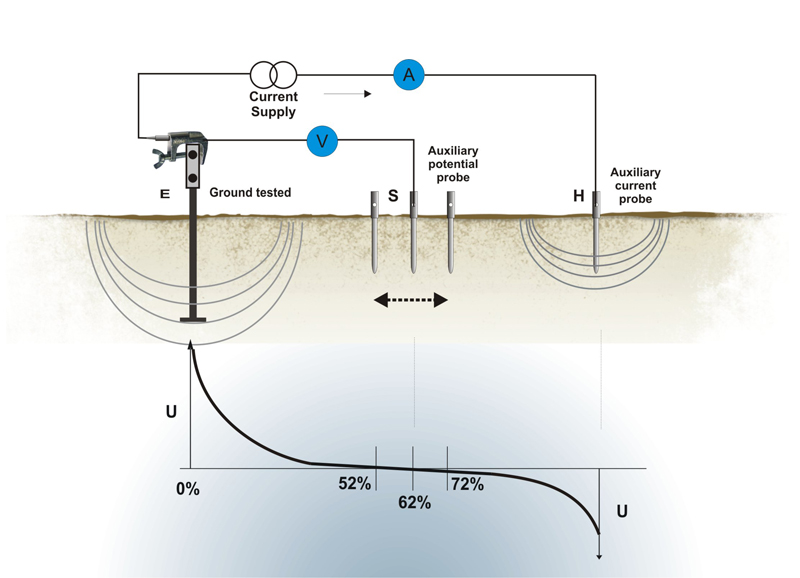
How To Measure Ground Resistance?

Earth rod resistance practical testing YouTube
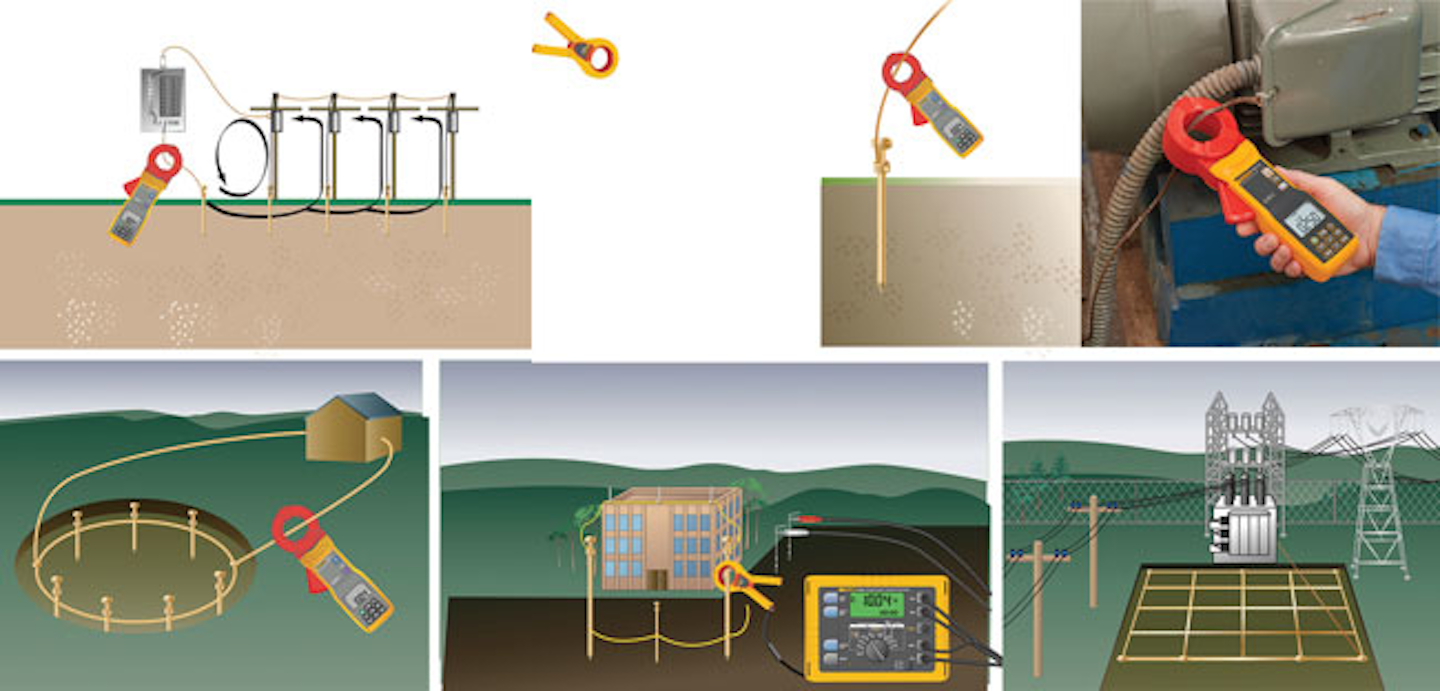
Earth Ground Resistance Testing can Improve Uptime Utility Products
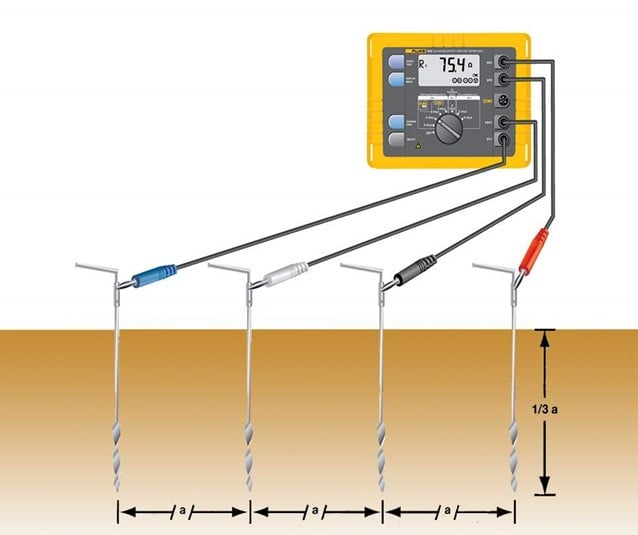
4 Essential Ground Testing Methods Fluke

EARTH PIT RESISTANCE TEST MIRA Engineering
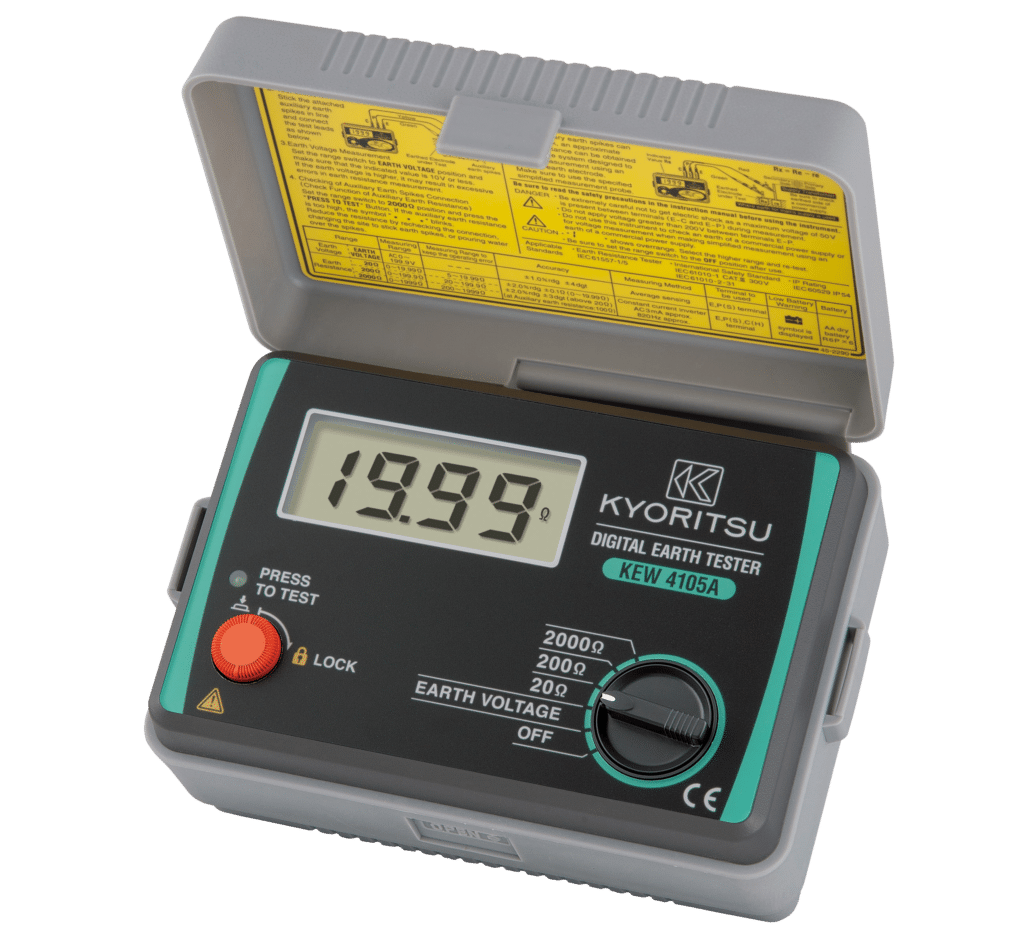
KEW4105A Digital Earth Resistance Tester Kewtech
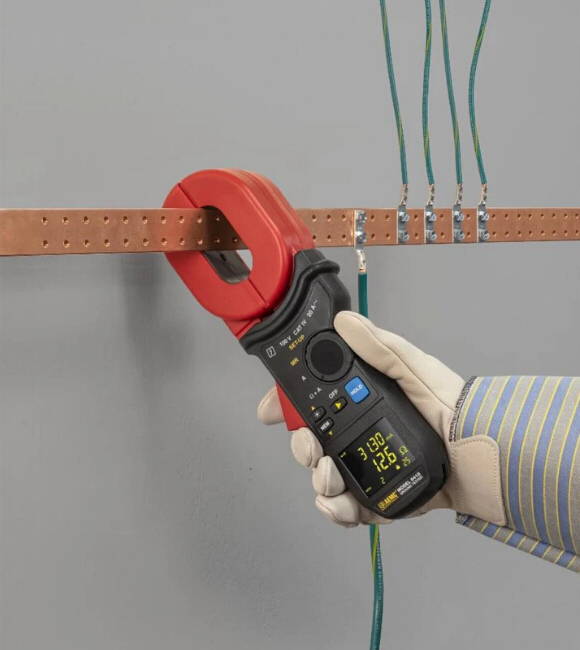
How To Measure Ground Resistance?

Fluke 16252 GEO Earth Ground Tester Kit Fluke

HOW TO PREFORM EARTH RESISTANCE TEST YouTube
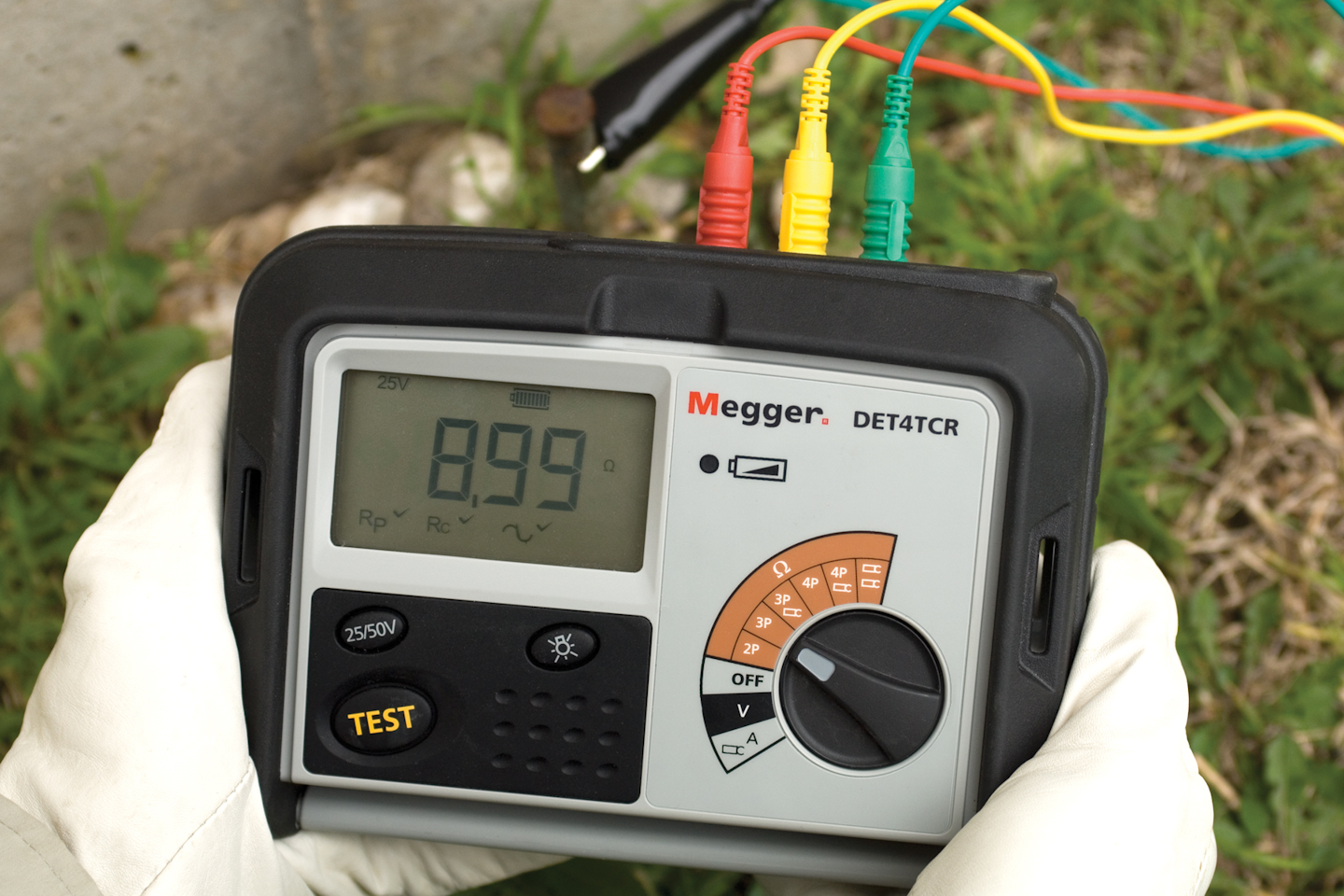
Test equipment Fourterminal earth/ground resistance and soil resistivity testers Utility

Earth Resistance test practical YouTube

Earth Ground Resistance Testers EG480 — Triplett Test Equipment & Tools

4 Essential Earth Resistance Testing Methods & Their Benefit

Grounding & Lightning Protection Ground Resistance Testing (36slide PowerPoint presentation
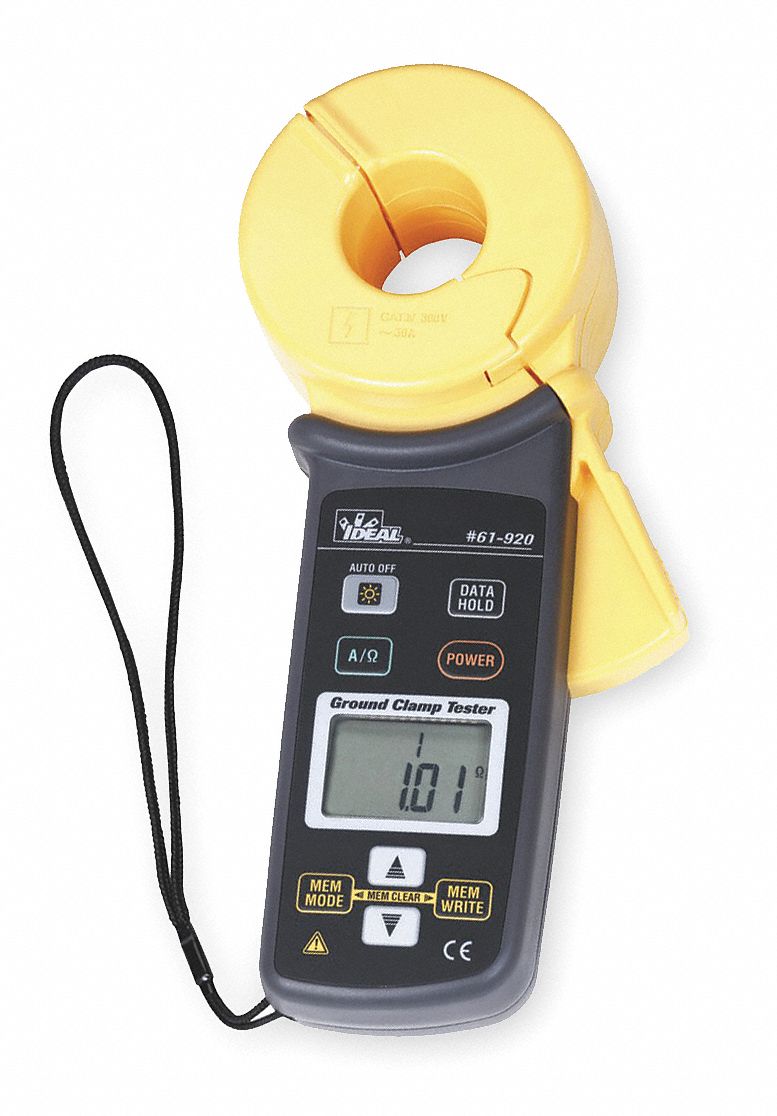
Clamp On Earth Resistance Tester, 0.100 to 1200 ohm Ground Resistance Range Grainger
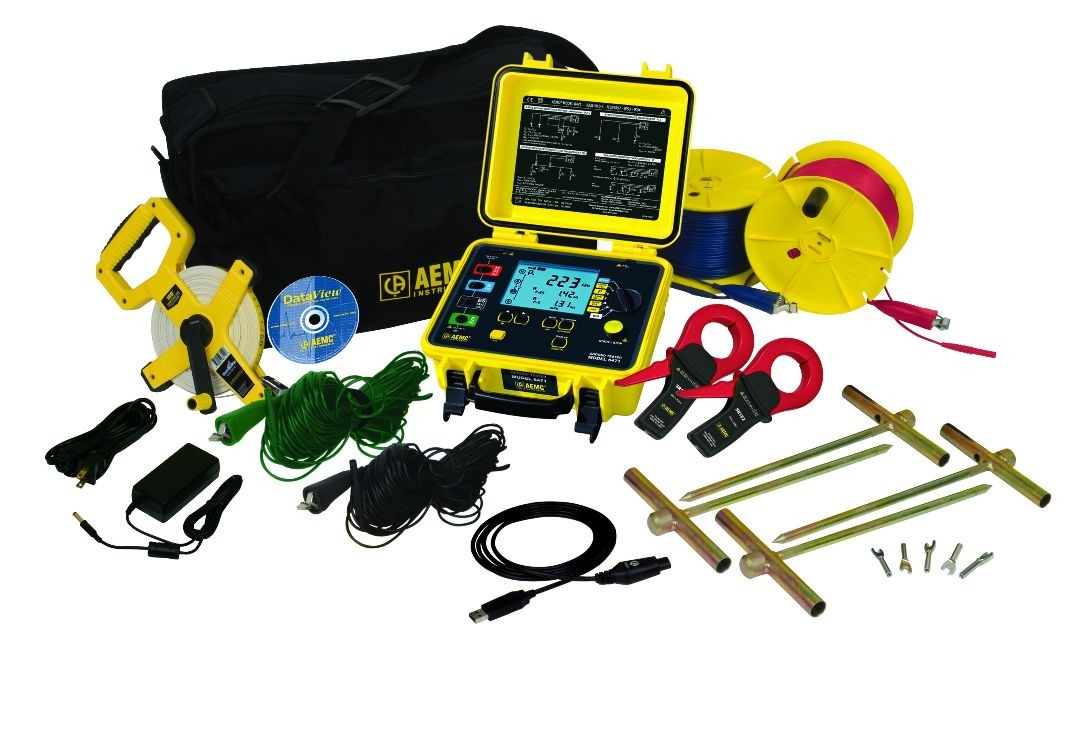
Ground Resistance Testing Answers to Frequently Asked Questions Articles TestGuy Electrical
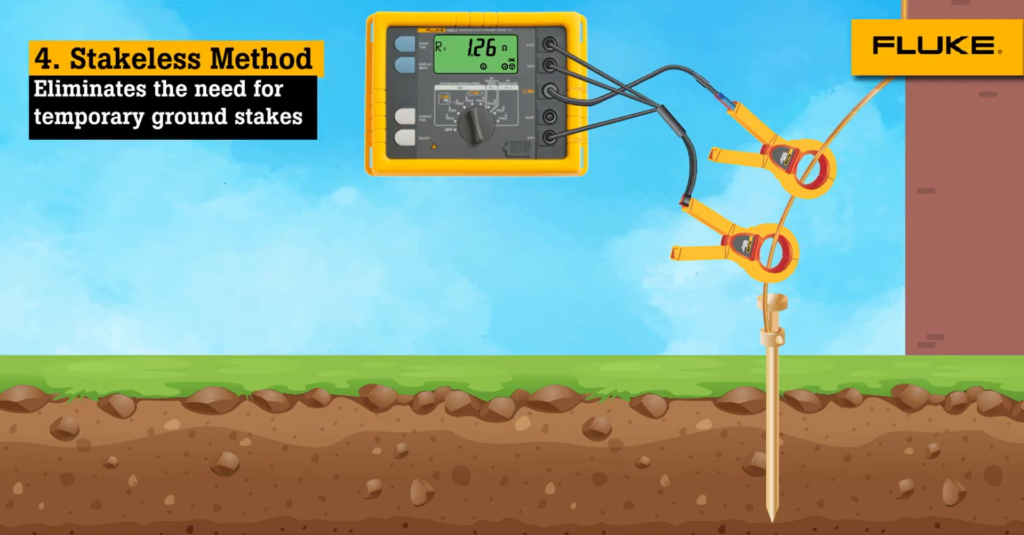
4 Essential Earth Resistance Testing Methods & Their Benefit

How to check and measure the resistance of grounding rods and electrodes. Procedures YouTube

AEMC 6424 Kit150 ft Advanced Ground Resistance Tester Kit with 150' test leads and stakes

Measuring Ground Resistance with the 62 Method HydroPoint
Rock blasting is one of the most common and cost-efficient rock excavation techniques in mining and civil engineering projects 3,4.Rock blasting is a prominent mining technique for metal and non.. Heat stress is a major concern for the health, safety and productivity of miners working in hot and humid underground mines. At greater depth, heat inside underground mines increases due to geothermal gradient, heat released from high-capacity machinery, exposed rock surface, auto-compression of air, human metabolism, etc. Prolonged physical work in thermal environments severely affects the.